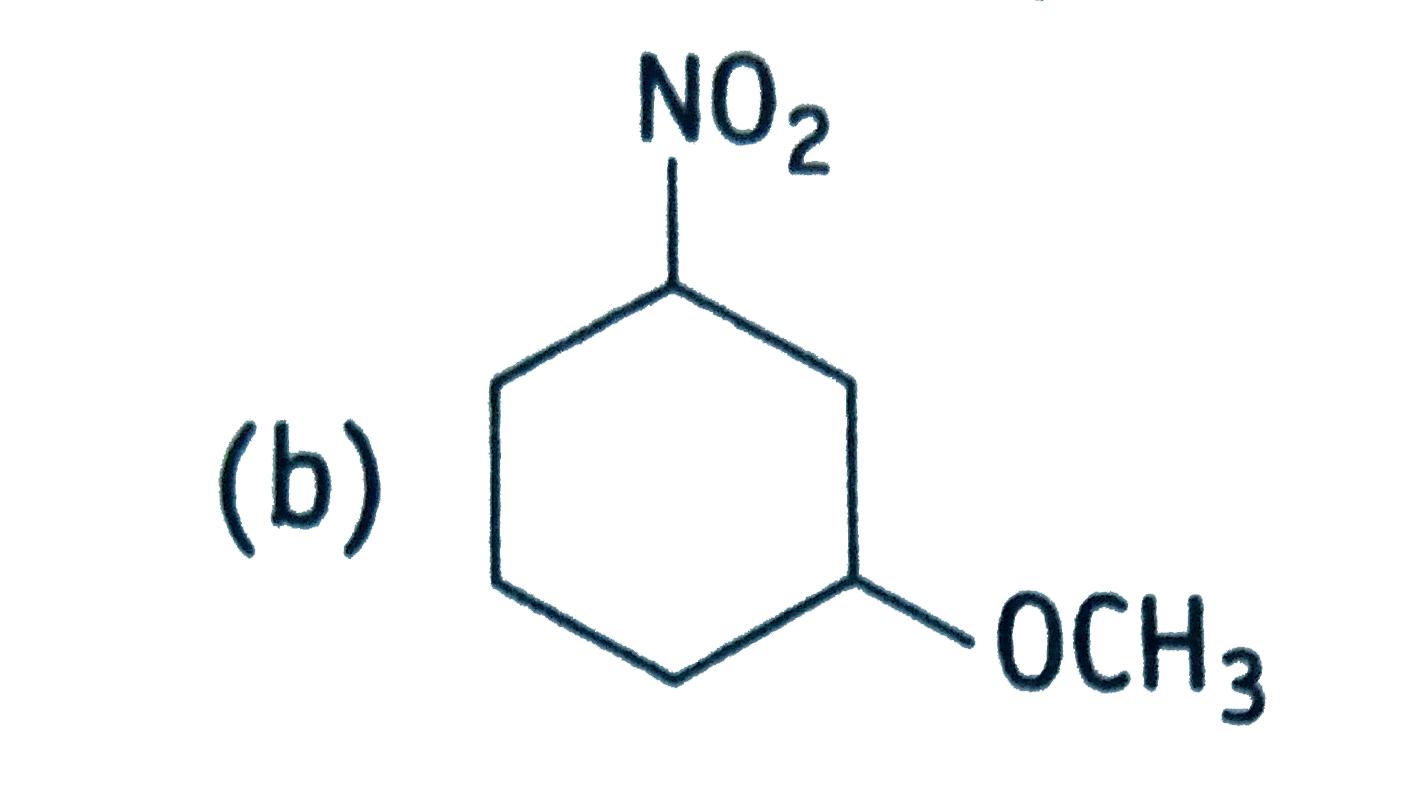Write the IUPAC name of the following compound:
CH3−C∣BrH−CH2−C∣ClH−CH3
To write the IUPAC name of the given compound, we can follow these steps:
1. Identify the Structure: The compound is represented as CH3−CH(Br)−CH2−CH(Cl)−CH3. This indicates a chain of carbon atoms with bromine (Br) and chlorine (Cl) substituents.
2. Determine the Longest Carbon Chain: The longest continuous carbon chain in the compound consists of 5 carbon atoms. Therefore, the base name of the compound will be derived from pentane (C5).
3. Identify the Substituents:
- There is a bromine substituent (Br) and a chlorine substituent (Cl).
- The bromine substituent is named as "bromo" and the chlorine substituent is named as "chloro".
4. Number the Carbon Chain:
- To assign the correct positions to the substituents, we need to number the carbon chain. We will number from the end closest to the first substituent encountered.
- If we start numbering from the left, we have:
- C1: CH3
- C2: CH(Br)
- C3: CH2
- C4: CH(Cl)
- C5: CH3
- This gives us the positions: Br at C2 and Cl at C4.
5. Assign Positions and Write the Name:
- According to IUPAC nomenclature, we list the substituents in alphabetical order, regardless of their position numbers.
- Thus, we write "2-bromo" before "4-chloro".
- Therefore, the full name will be: 2-bromo-4-chloropentane.
6. Final IUPAC Name: The final IUPAC name for the compound is 2-bromo-4-chloropentane.
- There is a bromine substituent (Br) and a chlorine substituent (Cl).
- The bromine substituent is named as "bromo" and the chlorine substituent is named as "chloro".
- To assign the correct positions to the substituents, we need to number the carbon chain. We will number from the end closest to the first substituent encountered.
- If we start numbering from the left, we have:
- C1: CH3
- C2: CH(Br)
- C3: CH2
- C4: CH(Cl)
- C5: CH3
- This gives us the positions: Br at C2 and Cl at C4.
- According to IUPAC nomenclature, we list the substituents in alphabetical order, regardless of their position numbers.
- Thus, we write "2-bromo" before "4-chloro".
- Therefore, the full name will be: 2-bromo-4-chloropentane.
Topper's Solved these Questions
- BOOK - XII BOARD PREVIOUS YEAR PAPER ENGLISHCHAPTER - XII BOARDSEXERCISE - SET-III31videos
XII BOARDS
- BOOK - XII BOARD PREVIOUS YEAR PAPER ENGLISHCHAPTER - XII BOARDSEXERCISE - CHEMISTRY (THEORY)31videos
XII BOARDS
- BOOK - XII BOARD PREVIOUS YEAR PAPER ENGLISHCHAPTER - XII BOARDSEXERCISE - SET - II12videos
XII BOARDS
- BOOK - XII BOARD PREVIOUS YEAR PAPER ENGLISHCHAPTER - SAMPLE PAPER 2019EXERCISE - SECTION: D1videos
SAMPLE PAPER 2019
Similar Questions
Write the IUPAC name of the following compound:
CH3−∣CH3CH−CHOView SolutionWhat is the IUPAC name of the following compound :
CH3CH∣ClCH∣BrCH3View SolutionThe IUPAC name of the following compound CH3−C∣∣O−C∣∣O−CH3 is
View SolutionWrite the IUPAC name of the following compound:
H3C−C∣CH3=C∣Br−CH2−OHView SolutionWrite the IUPAC names of the following compounds :
CH3−C∣ClH−COOHView SolutionWrite the IUPAC name of the following compound :
CH3−CH∣CH3−C≡C−CH3
_S01_015_Q01.png) View Solution
View SolutionIUPAC Name of the given compound
CH3−C∣∣O−CH2−CH∣CN−CH2−CH3View SolutionWrite the IUPAC name of the following compounds.
(a) CH3−CH∣CH3−CH∣OH−CH∣C2H5−CH∣OH−CH3
(b) View Solution
View SolutionGive the IUPAC name of the following :
CH3−CH2−C∣OHH−CH2−ClView SolutionWrite the IUPAC name of compound
(CH3)2C−CH∣OH−CH2−CH∣CHO−CH(CH3)2View Solution

